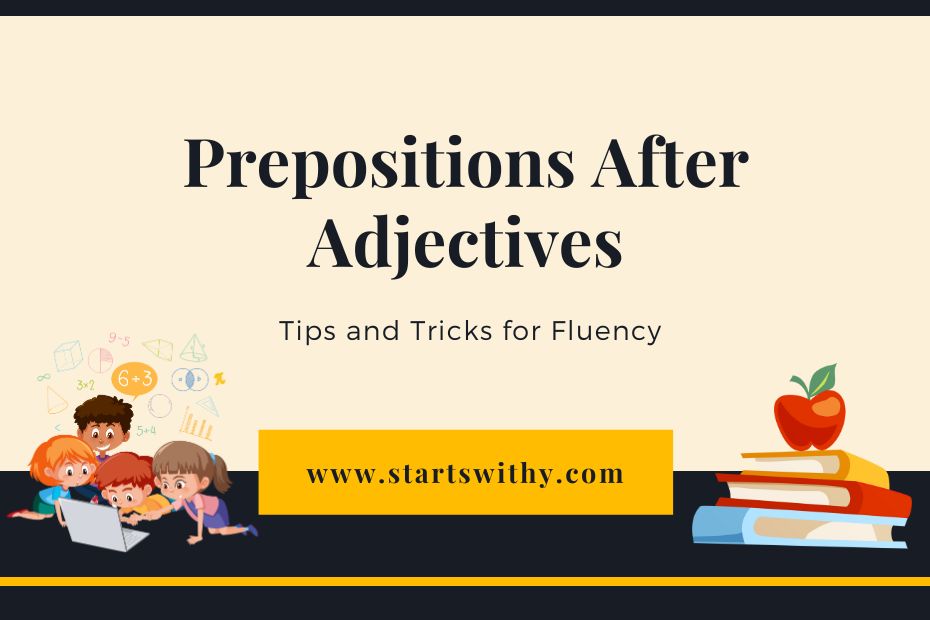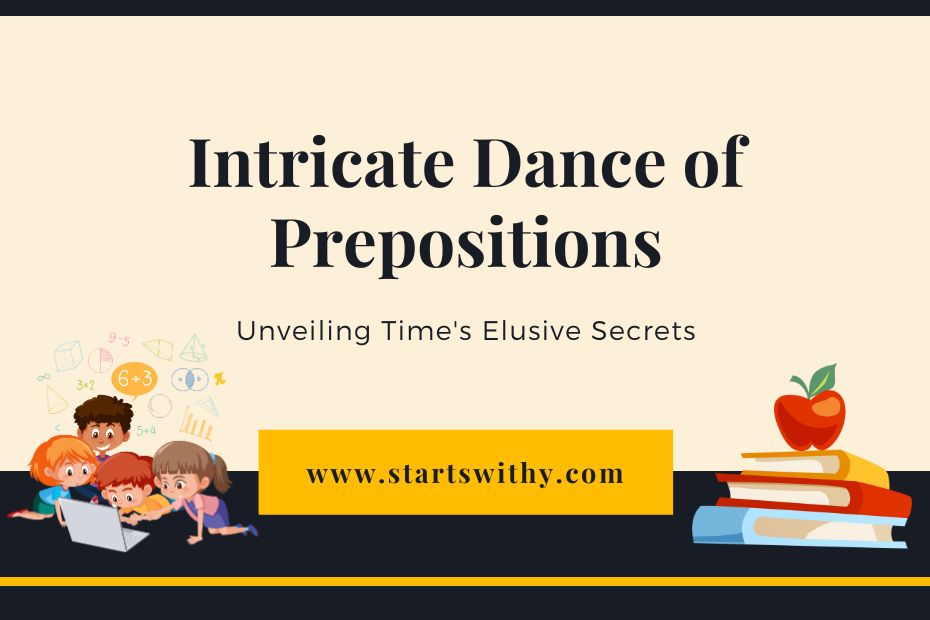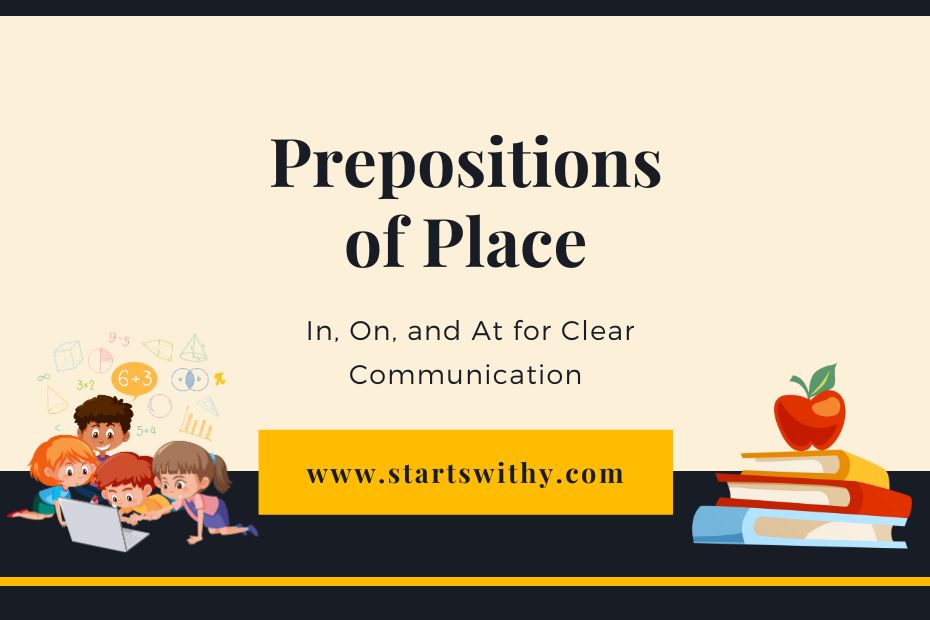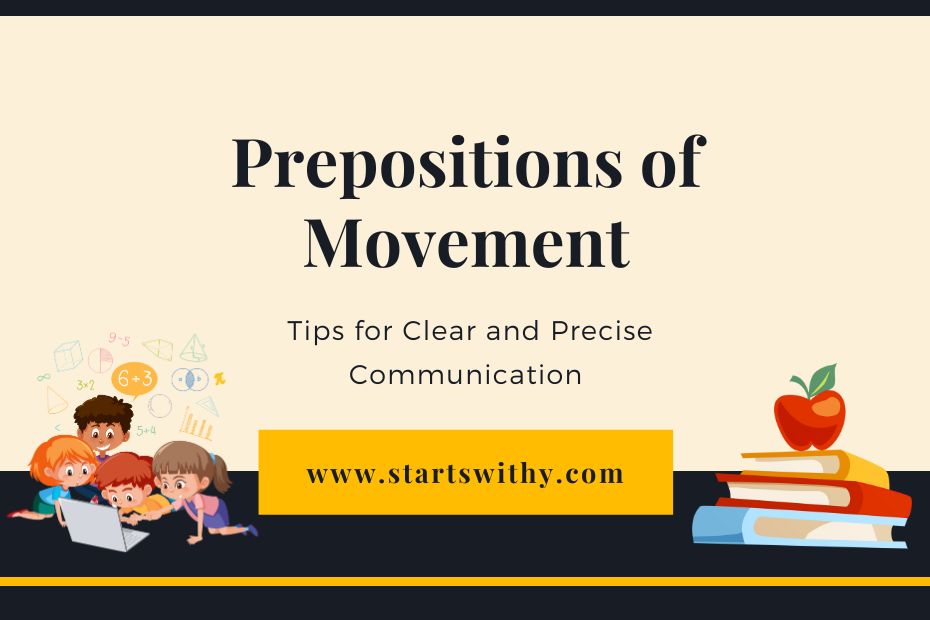Are you curious about how to use prepositions after adjectives? Well, you’ve come to the right place! In this article, I’ll guide you through the fascinating world of prepositions and adjectives, and show you how to combine them to create powerful and descriptive phrases.
Adjectives and prepositions are two essential parts of speech in the English language. They allow us to express emotions, describe qualities, and provide more information about nouns and verbs. By combining adjectives with prepositions, we can add depth and nuance to our language.
Prepositions after Adjectives
When it comes to using adjectives in English, we often find them paired with prepositions to provide additional details and enhance the meaning of our sentences. In this section, we’ll delve into the common prepositions used after adjectives and provide examples to illustrate their usage.
Common Prepositions Used after Adjectives
While there are no set rules for combining adjectives with prepositions, certain patterns have emerged over time. By familiarizing ourselves with these patterns, we can effectively convey our thoughts and create more nuanced expressions. Here are some of the most common prepositions used after adjectives:
- Of: This preposition is widely used to indicate possession, belonging, or relationship. For example:
- I’m proud of my accomplishments.
- He is afraid of spiders.
- She is aware of the situation.
- To: When used after adjectives, “to” often denotes a direction, purpose, or intention. For example:
- I’m sympathetic to your situation.
- The team is dedicated to their goal.
- She is resistant to change.
- About: This preposition is typically used to express feelings, opinions, or topics of discussion. For example:
- I’m excited about the upcoming concert.
- They are passionate about environmental issues.
- The professor is knowledgeable about the subject.
- With: When paired with adjectives, “with” often indicates association, companionship, or involvement. For example:
- He is happy with his new job.
- They are satisfied with the results.
- She is busy with her studies.
- For: This preposition is commonly used to express purpose, benefit, or intended recipient. For example:
- It is important for us to stay healthy.
- The gift is meant for you.
- He is grateful for your assistance.
Examples of Prepositions after Adjectives
To further illustrate the use of prepositions after adjectives, let’s explore a few examples:
- Adjective: Interested
- Preposition: In
- Example: I’m interested in learning new languages.
- Adjective: Famous
- Preposition: For
- Example: She is famous for her acting skills.
- Adjective: Proud
- Preposition: Of
- Example: He is proud of his children’s achievements.
- Adjective: Annoyed
- Preposition: With
- Example: They are annoyed with their noisy neighbors.
- Adjective: Excited
- Preposition: About
- Example: We are excited about our upcoming vacation.
Types of Adjectives and Prepositions That Follow Them
Adjectives of Time
When it comes to describing time, adjectives play an important role in conveying our thoughts and emotions. By using prepositions after adjectives of time, we can provide additional information about when an action or event occurs.
Here are some examples of adjectives of time and the prepositions that commonly follow them:
- Before: I woke up before dawn.
- During: She stayed active during the day.
- Since: He has changed since his accident.
- Until: I’ll be restless until the project is finished.
Adjectives of Place
Adjectives of place describe the location or position of someone or something. By adding prepositions after these adjectives, we can provide more specific information about the place being referred to.
Here are some examples of adjectives of place and the prepositions associated with them:
- Inside: The cat is inside the house.
- Beside: The car is parked beside the building.
- Under: The book is under the table.
- Near: The house is near the beach.
Adjectives of Manner
Adjectives of manner describe the way in which an action or event is carried out. By using prepositions after these adjectives, we can give more details about how something is done.
Here are some examples of adjectives of manner and the prepositions commonly used with them:
- With: She painted the picture with precision.
- Like: He walked like a robot.
- By: The job was done by hand.
- In: They spoke in hushed voices.
Adjectives of Reason
Adjectives of reason help us explain why someone feels a certain way or why something happens. By using prepositions after these adjectives, we can provide additional context or justification.
Here are some examples of adjectives of reason and the prepositions that often follow them:
- For: She is grateful for the support.
- Because of: He is upset because of the delay.
- Due to: The cancellation was due to bad weather.
- With: They were thrilled with the result.
Adjectives of Possession
Adjectives of possession describe the ownership or relationship of someone or something to another object. Prepositions can be used after these adjectives to clarify the nature of the possession.
Here are some examples of adjectives of possession and the prepositions that follow them:
- Of: The book on the shelf is mine.
- To: The keys belong to her.
- With: He is friends with my sister.
- For: This gift is for you.
As you can see, by using prepositions after adjectives, we can add depth and specificity to our language. Understanding the different types of adjectives and the prepositions that typically follow them can greatly enhance our ability to convey our thoughts and ideas.
Tips for Using Prepositions after Adjectives
When it comes to using prepositions after adjectives, there are a few tips that can help you navigate this aspect of English grammar. By paying attention to collocations, using a dictionary, and practicing with examples, you can enhance your understanding and usage of prepositions after adjectives.
Pay Attention to Collocations
One of the best ways to learn which prepositions go with certain adjectives is to pay attention to collocations. Collocations are words that often appear together due to their natural pairing. By noticing which prepositions commonly follow certain adjectives, you can start developing a sense for which combinations sound correct. For example:
- “Famous for” – France is famous for its food.
- “Interested in” – Julie is very interested in sport.
- “Proud of” – He is very proud of his new car.
Keep in mind that there are no strict rules for which preposition to use with each adjective, but by familiarizing yourself with common collocations, you can improve your accuracy.
Use a Dictionary
Another useful tool for understanding prepositions after adjectives is a dictionary. Many dictionaries provide example sentences that demonstrate how specific adjectives are used in combination with prepositions. By looking up the adjective you are unsure about, you can find examples that give you a better idea of which preposition to use. A dictionary can also provide additional meanings or context for the adjective, helping you choose the most appropriate preposition. Make sure to consult reputable dictionaries to ensure accurate information.
Practice with Examples
The more you practice using prepositions after adjectives, the more comfortable you will become with their usage. One effective way to practice is to create your own examples using different adjectives and prepositions. This not only helps solidify your understanding of the combinations but also allows you to see how the preposition changes the meaning of the adjective. You can also find exercises or online resources that provide sentences with gaps to fill in the correct preposition after an adjective. Regular practice will improve your fluency in using prepositions after adjectives in real-life situations.
Remember, while there are no fixed rules, paying attention to collocations, using a dictionary, and practicing with examples are effective strategies to enhance your understanding and accuracy when using prepositions after adjectives.
Conclusion
Mastering the use of prepositions after adjectives is an essential skill for English learners. By paying attention to collocations and consulting a dictionary, you can develop a sense of which combinations sound natural. Practice is also crucial in improving your fluency and accuracy in using prepositions after adjectives.
Remember that there are no strict rules when it comes to prepositions after adjectives. Instead, it’s about familiarizing yourself with common pairings and understanding how specific adjectives are used with prepositions. This knowledge will enable you to express yourself more effectively and confidently in English.
So, keep practicing with examples and creating your own sentences. Over time, you’ll become more comfortable and proficient in using prepositions after adjectives. By following these strategies, you’ll enhance your understanding and mastery of this aspect of the English language.
Now that you have these tips and techniques, go ahead and apply them in your conversations and writing. With practice, you’ll soon find yourself using prepositions after adjectives effortlessly and naturally.



